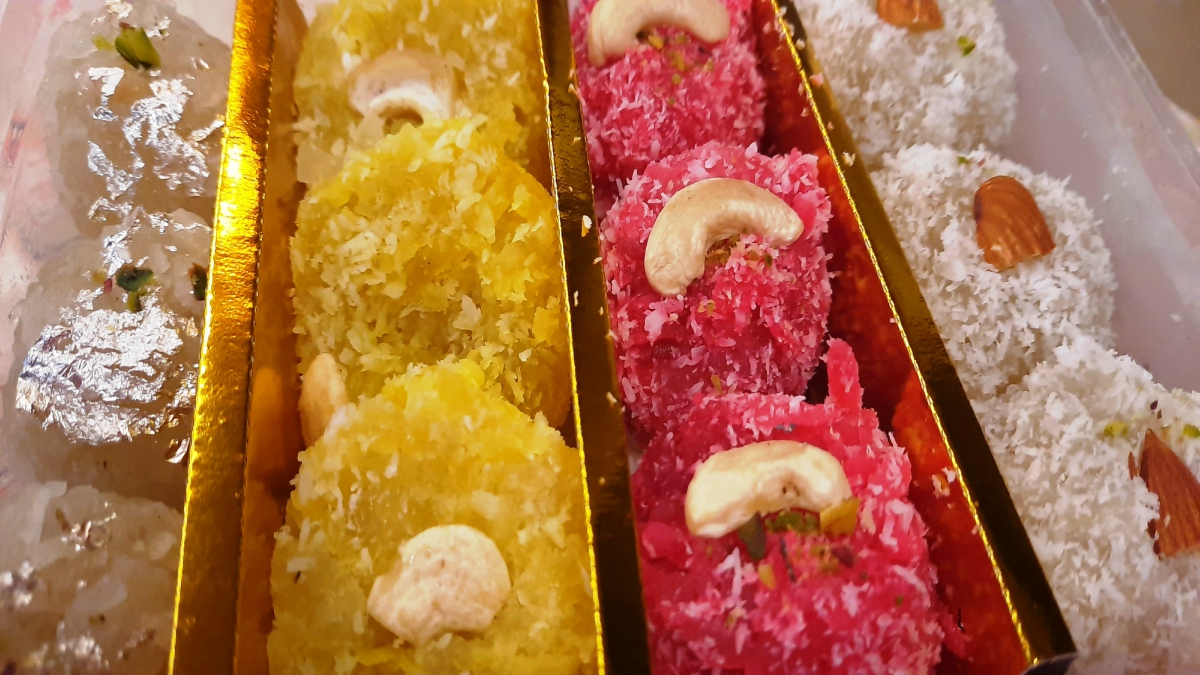
Coming back from Agra without your box of pethas is almost blasphemous as visiting the city for the first time and not visiting the Taj or Fatehpur Sikri. The Agra experience is not complete without gorging on this sweetmeat made with cubes or cylinders of ash gourd (white pumpkin), first soaked in slaked lime (chuna) and then soaked overnight in sugar syrup slowcooked with milk on coal fire.
When I was a child, this was the only variety available, but today, you get pethas in as many variations as you can imagine, including the saffron-laced angoori and the ones that are served like betel leaves or come doused in chocolate, or are dusted with coconut flakes. Apparently, more than 70 varieties of petha are made in the 700-plus units around Noori Gate that feed India’s burgeoning appetite for Agra’s signature sweetmeat.
It is said that it was Emperor Shah Jahan who had decreed the invention of a sweetmeat as white as the marbles used to build the Taj. He had issued the diktat in response to the complaint of the 20,000- plus worker employed at the building site that their diet was getting monotonous. When the Emperor brought this matter up with the master architect, Ustad Isa Effendi, the latter went to a local pir for a solution. The pir, as the story goes, got the recipe from the Almighty in a dream. He then went ahead and taught his team of 500 cooks how to make petha and it was an instant hit.
It may make for a good dinner-table story, but Agra’s petha acquired its iconic status because of the hard work and talent of Seth Pancham Lal Goyal, who was fondly known as Panchhi, who, at the age of 24, launched his business more than 70 years ago with one store at Noori Gate. Today, Agra has a Panchhi Petha at every street corner, but the one at Sadar Bazar, if the local residents are to be believed, still sells the real McCoy.















